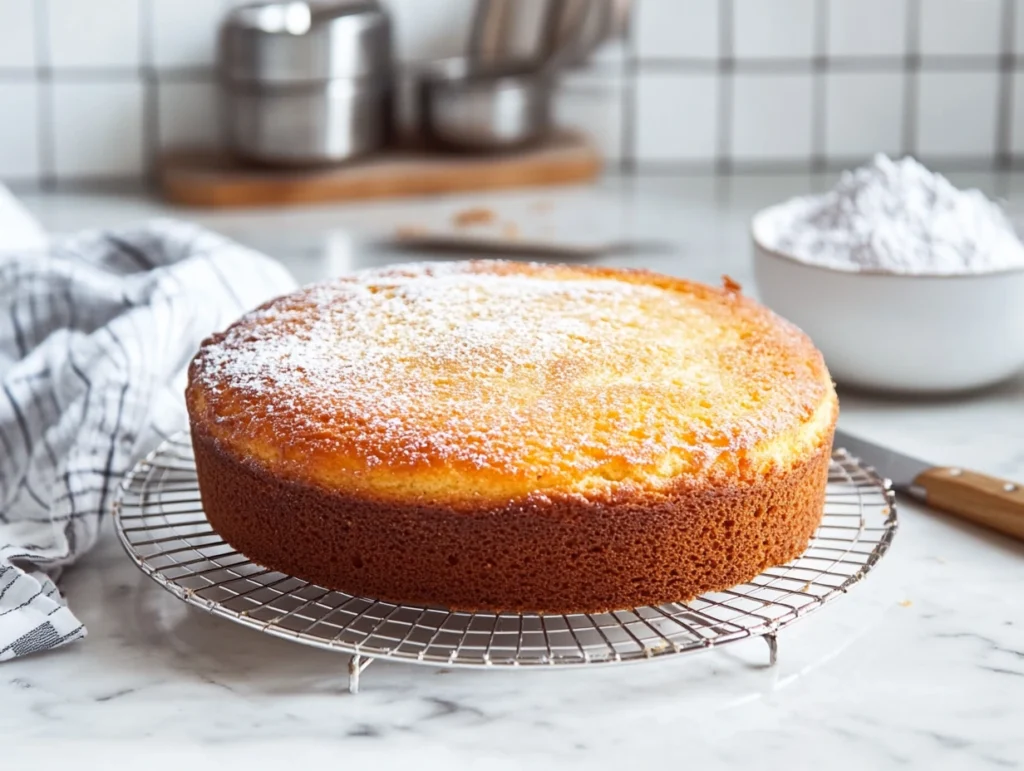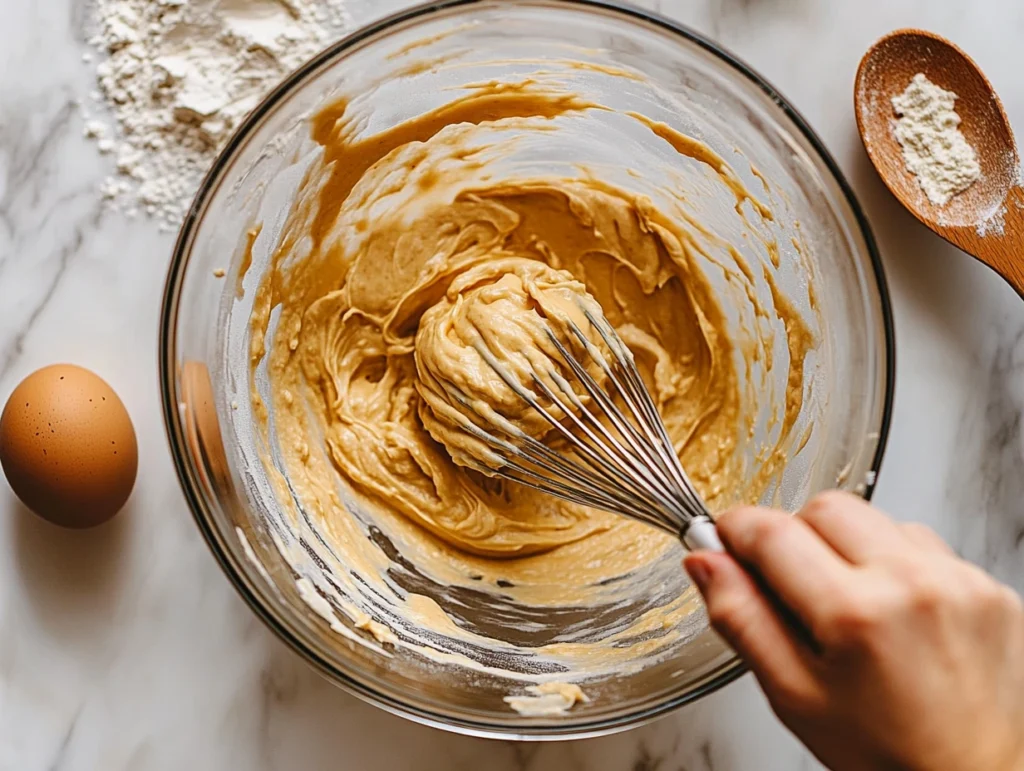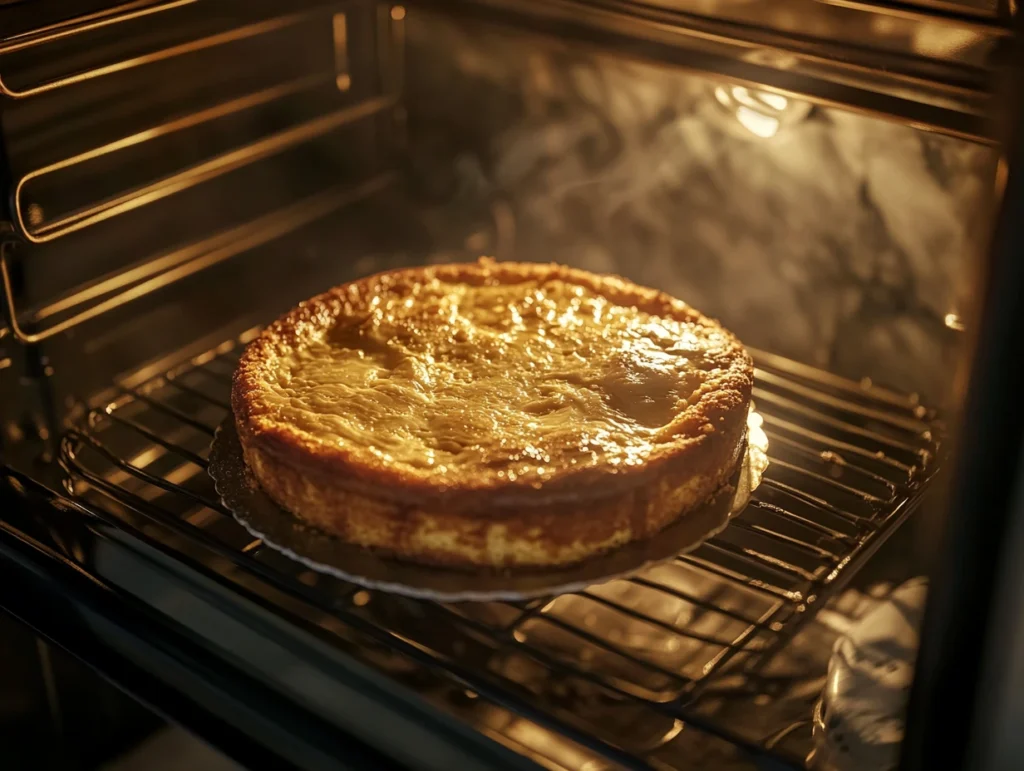Baking a cake may seem like magic, but it’s really a science, and every great cake starts with a reliable formula. The basic formula for a cake is all about balance—getting the right ratio of flour, sugar, eggs, and fat to create that perfect texture and taste. This article breaks down the essentials of cake formulas, explores the role of each ingredient, and shares tips for variations, troubleshooting, and more.
Whether you’re a beginner or a seasoned baker, understanding the fundamentals of cake-making will empower you to whip up delicious creations every time. So, let’s dive into the details, starting with the foundation of all cakes: the basic formula.
Understanding the Basic Cake Formula
The art of cake-making boils down to mastering ratios. Without understanding the basic formula for a cake, achieving consistency and quality can feel like guesswork. Let’s explore the science behind it.
What is a Cake Formula?
A cake formula is essentially a ratio of key ingredients—flour, sugar, eggs, and fat. The most well-known formula is the “1-2-3-4 Cake Formula,” where you use:
- 1 cup of butter (fat)
- 2 cups of sugar (sweetener)
- 3 cups of flour (structure)
- 4 eggs (binder)
This simple formula forms the backbone of countless cake recipes. It’s designed to ensure the right balance of moisture, structure, and flavor.
The History of the 1-2-3-4 Cake Formula
The 1-2-3-4 formula is a classic that dates back to the 19th century, popularized as a straightforward way to bake without needing a written recipe. In an era when baking scales were uncommon, these measurements made it easy to remember and replicate.
This formula also allowed home bakers to create variations by simply tweaking one or two elements, like adding vanilla or switching from all-purpose flour to self-rising flour.
Importance of Ratios in Baking a Cake
Cake baking is a delicate balance. Use too much flour, and your cake becomes dry and dense. Overload the sugar, and it might collapse in the oven. Ratios ensure that:
- Flour provides structure without overpowering other ingredients.
- Eggs add moisture, lift, and binding power.
- Fat contributes richness and tenderness.
- Sugar sweetens and retains moisture.
Each ingredient plays a crucial role, and getting the proportions right can mean the difference between success and a soggy mess.

With the basics of cake formulas in mind, you’re already on your way to becoming a confident baker. In the next section, we’ll dig deeper into the role of each core ingredient. Stay tuned!
Core Ingredients in the Basic Cake Formula
When baking a cake, the ingredients work together like a well-rehearsed symphony. Each has its role, and getting the right balance ensures that your cake is moist, flavorful, and structurally sound. Let’s break down the key components of the basic formula for a cake and their importance.
Flour: The Foundation of Structure
Flour is the backbone of any cake recipe. It provides structure by forming a network of gluten when mixed with liquid. This framework traps air, giving the cake its shape.
Different types of flour, like all-purpose or cake flour, can affect your cake’s texture. Cake flour, for instance, has lower protein content, resulting in a softer, more tender crumb. However, regardless of the type, measuring flour correctly is critical—too much can make your cake dry and crumbly.
Sugar: The Sweet Balancer
Sugar is much more than a sweetener in baking. It also retains moisture, adds tenderness, and aids in browning. The basic formula for a cake typically includes an equal or slightly higher amount of sugar compared to flour.
Additionally, sugar helps cakes rise by creating tiny air pockets during the creaming process. It’s like a multitasking ingredient that makes cakes not only taste good but also look and feel amazing.
Eggs: The Binding Agent
Eggs are a powerhouse in cake-making. They bind the ingredients, trap air for leavening, and add moisture. Moreover, egg whites contribute to structure, while yolks enhance richness and color.
The basic formula for a cake often uses four eggs, which strikes a perfect balance between binding and tenderizing. When whipping eggs, using room temperature ones can make a noticeable difference in your cake’s fluffiness.
Fat: Butter, Oil, or Alternatives?
Fat adds richness and creates a tender, moist texture. Butter is a common choice in the 1-2-3-4 cake formula, as it not only enhances flavor but also supports the cake’s structure when creamed with sugar.
However, oil can be an excellent alternative, especially for cakes that need extra moisture. For dietary variations, plant-based fats or applesauce can work too, but adjustments may be needed to maintain the right balance.

How to Use the Cake Formula in Baking
Now that you understand the ingredients, it’s time to put the basic formula for a cake into practice. With the proper steps and some creativity, you’ll be baking like a pro in no time.
The Step-by-Step Process for Beginners
The 1-2-3-4 formula is wonderfully simple, but following the steps methodically is essential. Here’s how to get started:
- Cream the butter and sugar until light and fluffy. This step traps air, which helps the cake rise.
- Add eggs one at a time, mixing thoroughly after each addition.
- Alternate adding flour and liquid (milk or water) in small portions, starting and ending with flour. This ensures a smooth batter.
- Pour the batter into prepared pans and bake at the specified temperature until a toothpick comes out clean.
This tried-and-true process ensures that every bite of your cake is delightful.
Adjusting Measurements for Different Cake Sizes
Scaling the basic formula for a cake is straightforward. If you need a larger or smaller cake, maintain the same ratios between ingredients. For example, double each measurement for a larger cake or halve them for a smaller one. However, remember to adjust the baking time and temperature accordingly to prevent overcooking or underbaking.
Incorporating Flavors and Variations
Once you’ve mastered the base formula, the sky’s the limit! Add vanilla extract, citrus zest, or cocoa powder for unique flavors. You can also experiment with mix-ins like chocolate chips, nuts, or dried fruit. By tweaking small elements, you can turn a simple vanilla cake into a stunning masterpiece.
With a solid grasp of the core ingredients and techniques, you’re ready to take your cake-making skills to the next level. In the next section, we’ll explore exciting variations to make your cakes truly one-of-a-kind!
Variations of the Basic Cake Formula
The basic formula for a cake is incredibly versatile, allowing bakers to create endless variations. By tweaking ingredient ratios or adding special touches, you can craft cakes suited to any occasion or preference.
Rich Cakes vs. Lean Cakes
The distinction between rich and lean cakes lies in their fat and sugar content. Rich cakes, like pound cakes, have a higher proportion of fat and sugar, resulting in a moist, dense texture. Lean cakes, such as sponge cakes, use more eggs and less fat, creating a lighter and airier crumb.
If you’re aiming for a rich cake, increase the butter or oil slightly while reducing the eggs. Conversely, for a leaner option, focus on egg whites and cut back on butter.
High-Ratio Cakes Explained
High-ratio cakes flip the traditional formula by using more sugar than flour. This creates an exceptionally moist and tender cake that’s perfect for layering or decorating. To achieve this, use superfine sugar and ensure thorough mixing to dissolve it properly into the batter.
High-ratio cakes are particularly popular in professional baking due to their consistency and adaptability.
Cultural Variations in Cake Baking
Cake formulas vary around the world, showcasing unique flavors and techniques. For instance:
- French génoise relies heavily on whipped eggs for its airy texture.
- Japanese castella cakes use honey for a distinctive sweetness.
- Indian rava cake incorporates semolina, offering a denser crumb and nutty flavor.
Each variation highlights the versatility of the basic formula for a cake, proving that the possibilities are endless.
Troubleshooting and Tips for Perfect Cakes
Even with the basic formula for a cake, achieving perfection requires some finesse. Here’s how to troubleshoot common problems and refine your baking skills.
Common Mistakes and How to Avoid Them
- Dry Cake: This often results from overmixing or too much flour. Use precise measurements and mix just until combined.
- Dense Cake: If your cake lacks lift, check that your leavening agents (baking powder or soda) are fresh.
- Sinking Middle: Avoid opening the oven door too early, and make sure your batter isn’t too wet.
Addressing these issues ensures that your cakes are consistently delightful.
Tips for Maintaining Proper Texture and Moisture
To keep your cakes moist and tender:
- Use room-temperature ingredients for better incorporation.
- Don’t skip sifting flour to prevent clumps.
- Brush finished cakes with a simple syrup for added moisture and flavor.
These small steps make a big difference in your final result.
How to Test Cake Doneness Like a Pro
Knowing when your cake is done can be tricky, but a few simple tricks help:
- Insert a toothpick into the center. If it comes out clean, your cake is ready.
- Gently press the top of the cake; it should spring back when fully baked.
- Pay attention to the edges—they’ll slightly pull away from the pan when done.

For more baking inspiration, check out the Heart Cake Guide for creative ideas on shaping and decorating cakes for special occasions.
With these tips and tricks, your cakes will not only look but also taste incredible every single time. Stay tuned for more baking insights in future sections!
FAQs Section
Understanding the basic formula for a cake can lead to many questions, especially for beginner bakers. Here are answers to some of the most frequently asked questions to help you perfect your cake-baking journey.
What is the Simplest Formula for Baking a Cake?
The simplest formula is the classic “1-2-3-4” rule: 1 cup of butter, 2 cups of sugar, 3 cups of flour, and 4 eggs. This straightforward ratio ensures balance and consistency, making it ideal for beginners.
However, you can simplify further by using equal parts flour, sugar, and eggs, then adding fat as needed. Adjusting the ratio slightly can cater to personal preferences, like making the cake lighter or denser.
Can I Adjust the Cake Formula for Dietary Preferences?
Absolutely! The basic formula for a cake is highly adaptable. For example:
- Gluten-Free: Swap all-purpose flour with a gluten-free blend.
- Dairy-Free: Replace butter with coconut oil or vegan margarine.
- Low-Sugar: Use natural sweeteners like honey or a sugar substitute.
While these changes may alter texture slightly, careful adjustments maintain the cake’s integrity.
How Do Professional Bakers Use Cake Formulas?
Professional bakers rely on precise ratios and weight measurements for consistency. They often use high-ratio formulas to create moist, stable cakes for tiered designs or elaborate decorations.
Additionally, they experiment with the basic formula for a cake by adding emulsifiers, flavor extracts, or different flours to achieve specific textures or tastes. Their understanding of ratios allows them to tweak recipes confidently while maintaining balance.
With these FAQs addressed, you now have a clear understanding of how to approach cake baking like a pro. Whether you’re following the basic formula for a cake or exploring new variations, the possibilities are endless!
